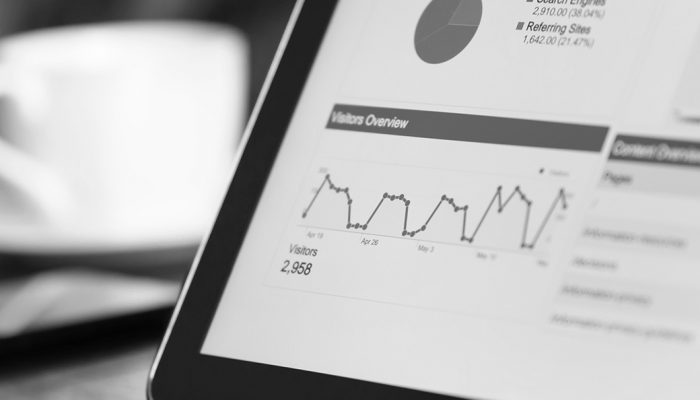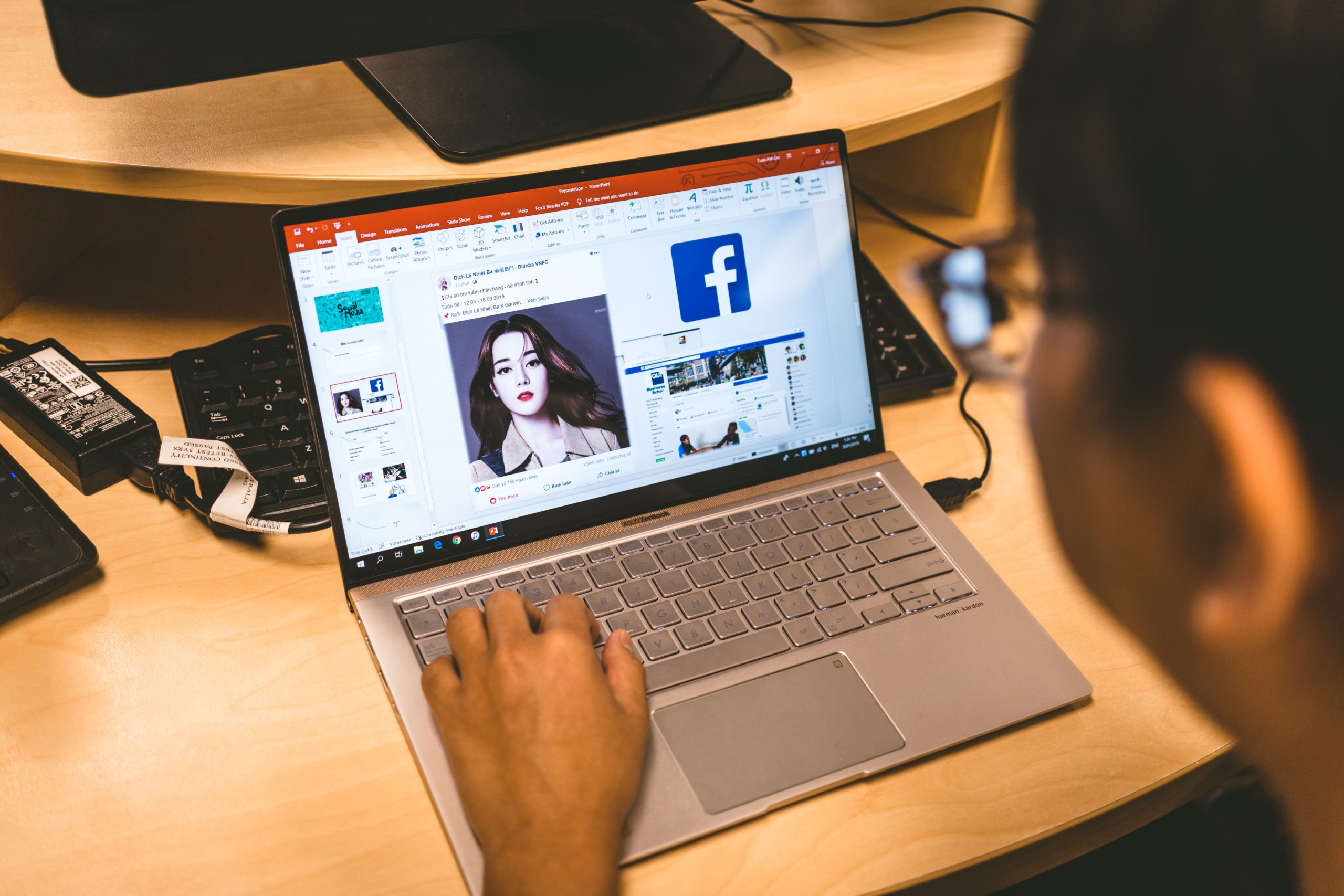As a newbie in website building and designing, there are times that you overthink, create a lot, became overwhelmed and over complicate things but don’t worry these really come in real and normal.
And as you go into pushing your web design into a much effective version, below are the web design tips that you can apply to your website:

1. The primary purpose and goal of the website and its design
Though there are plenty of web design sections you need to consider from the layout, logo, search box, main navigation up to footer and call to actions (CTA), you should always keep in mind the main reason for each one that must also be aligned on the goal.
You created and designed a pop-up subscribe button on your blog site not just to look cute or cool, but for the visitor to take action and be converted into your mail list, an “add to cart” button was placed at the rightmost portion of the header on sticky navigation of your e-commerce website so that they can easily take the item if they decided to. A “join free for a month” button is created on your online subscription for them to click, engage themselves and experience it for a month and have a possible lead after trial expiration, in case they loved it.
Be reminded that web designing is not all about how the site looks like, rather, always think that every element has a specific purpose and objective that will solely serve your visitors on their goals on the site.
2. Patterns and Hierarchy
The internet improves over time and patterns have been developed that our audience adapts and expect. They perceive that a normal website usually has a header where the web name, a logo, an about page, or a category is placed, that there are footers where they can still see the basics, copyright, social media links, and contact details, or when they click a title on the sidebar, they’ll will be redirected on its content.
These may vary from the type of websites but whatever it is, always ensure to follow established patterns because this will help you in converting the audience to their goal on your site. According to User Experience expert and author Steve Krug, the more frustrating the experience becomes, the less likely your audience to stick around. Patterns simplify things that your audience love.
By all means, patterns come along with “Hierarchy” or being in order. The way we perceive information is affected by several factors contributing to how we rank content, thus, the important things on the website shall be emphasized or can easily catch attention.
A headline or a featured article shall have a larger font and image than the norm. Top posts or articles that you wanted to be read first shall be easily seen by their eyes or placed on a static homepage. You shall prioritize web section according to how we know what they want and what we want them to do.
You can further use visual elements like colors, fonts, and shape to further improve and support your hierarchy.
3. Visual Design: Less is more
Have you ever experienced opening a website, then you just feel that it was not okay, having a flashy layout, large fonts, continuous advertisement popping up, and then you just suddenly feel weary and immediately closed the tab? Well, I guess most of us have done it.
There’s a study saying that it only takes around 50 milliseconds (0.05 seconds) for the users to form an opinion about your website that determines whether they’ll stay or leave, and yes, your site’s overall look or appearance is crucial and really matters! You should wow your audience as the page loads and made a good impression but this doesn’t mean that you will be overpopulating your site with everything.
Even though resources evolve from time to time, the principle of “less is more” has always been a good one.
In choosing a color scheme, having at least one to two accents following your brand or industry perspectives along with your target audience demographics is better. Make sure that all content is readable and has enough contrast. Several resources like Adobe Color and Color Safe can help you out!
On typography or fonts, always consider the font type, weight, and readability. Your primary heading and main body text shall be easily identified. A body font shall be smaller than the primary while the latter shall reflect a bit larger.
Never pick a font that is hard to understand and again, never forget enough contrast. Have a good pair of font and background color (like a light background and dark font tone) and avoid an eyesore like “red font on a green background” or the other way around. You can further explore font-pairing through Google and Typekit.
Take note that we need to balance the overall layout, freshness, and normalcy of the website and let your customers have a good experience.
Conclusion
That’s it! Now that you already have our web design tips, go and check out your website. Assess and inspect as to whether it is truly good and a functional one.
You may also ask other people’s opinions on how they feel about their experience as they first land your website. And by any chance, you have realized that there are still some elements and functions needed, don’t hesitate to improve and take necessary actions, may it be on your own or via exploring help from the experts.
Ready to work with a full-service digital marketing team? Contact us today and let us discuss you needs!


